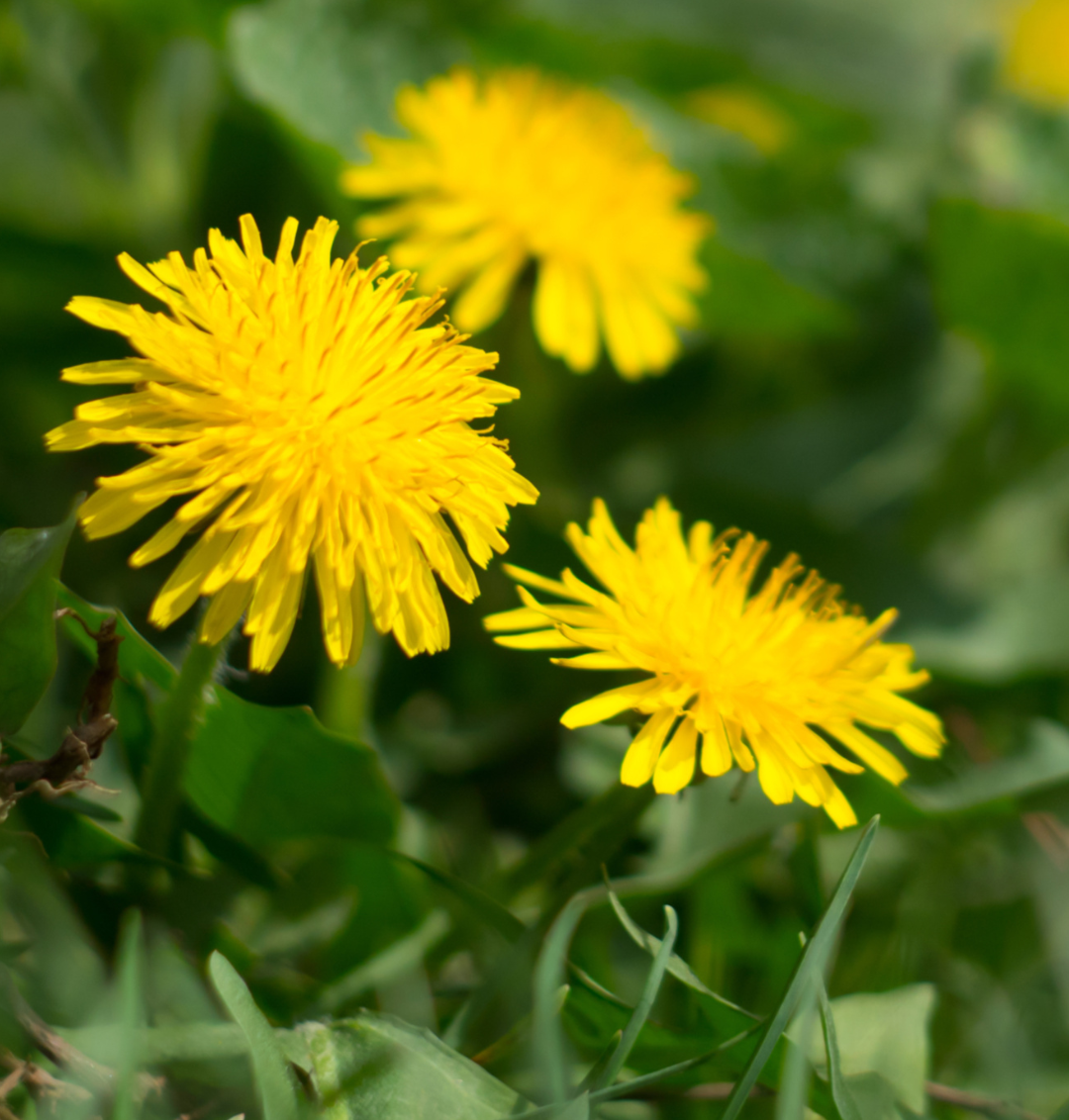”Dandelion is a versatile plant and often seen as a weed. Here's my favourite use.
GeorgeFlavour Fred
How to make an entire salad with dandelion
I love to talk about the versatility of a plant and here’s a great example taken by @suelaceyphotography @woodoaksfarm the other week.
The bright yellow dandelion flower that once goes to seed growing up you would use to tell the time. The globular seed heads where each seed is attached by filaments connected to essentially a parachute that allows the seeds to be taken relatively long distances. Also know as “wet-the-bed” and “tiddle-beds” probably down to the fact that it’s a diuretic.
There are a number of dandelion species but this perennial “weed” is not only great for pollination and bees but also the source of an entire salad and if you really want a caffeine free coffee substitute or flavouring for desserts best collected in autumn (always get permission). The taproot can grow 30cm down and from that the leaves grow in a rosette and the flower will grow on top of a leafless hollow stem that excretes a latex if cut.
The lobed teeth of the leaves are sometimes likened to lions teeth but I love using them in the salad. If you have an issue with bitterness the centre “midrib” but generally I’m fine with that and just balance it. The petals can be made into what was labelled “vegan honey” by steeping the petals overnight and mixing with sugar. The unopened flowers can be salted that then shrivel and preserved as a “dandelion caper”. So there we have it the ingredients for an entire salad.
If you have any ailments always check in more detail of ingredients you may be unfamiliar with. This root does release sugar into the blood and the latex can cause skin irritations for those with sensitive skin.


 FULL ON FERMENTED SPRING MUSHROOM SEASONING
FULL ON FERMENTED SPRING MUSHROOM SEASONING MOREL & MAIPILZ KIEV
MOREL & MAIPILZ KIEV 
